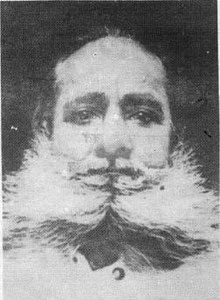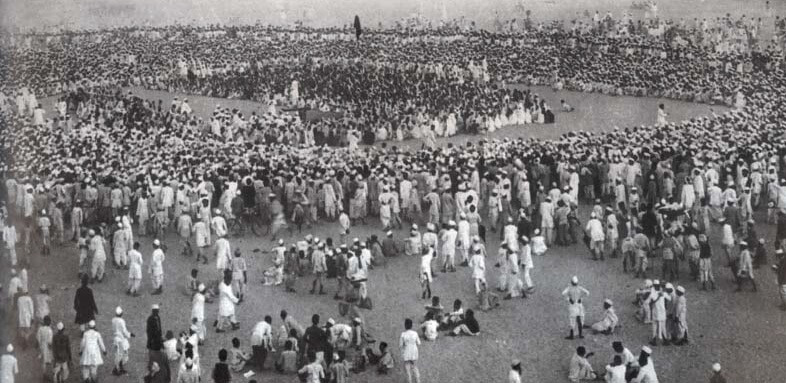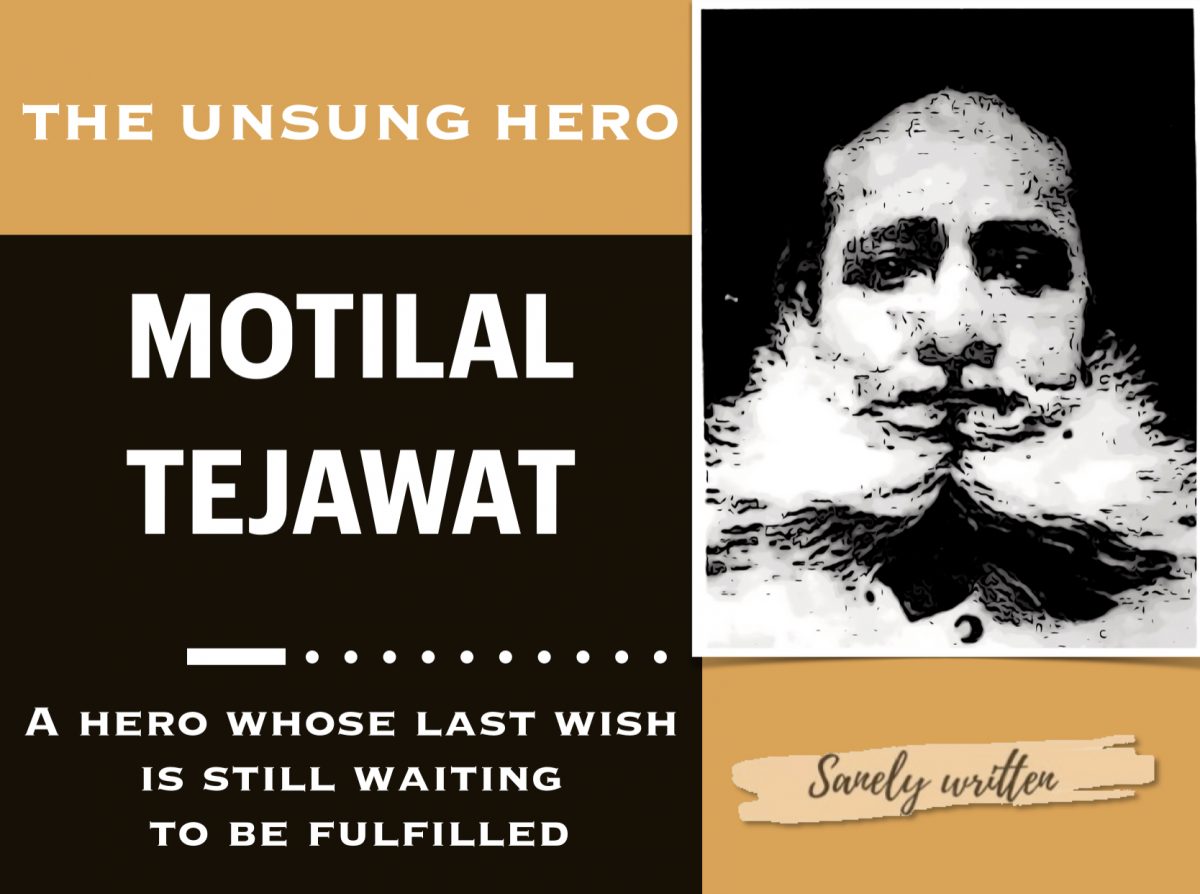Public killings was one amongst many heinous crimes that were committed by the British, But how many of us know about the massacre in remote Bhil village of Gujarat on 7th March 1922, where around 1200 people died, houses were burned and many more were seriously injured. How many of us have heard the name of Motilal Tejawat, the man who was regarded as the messiah who awakened the people against the tyranny and injustice of the native rulers and the British.

He was born in Koliyari (now in Jhadol tehsil, Udaipur district, Rajasthan) in 1886. After getting educated upto fifth grade, he started working at the Jhadol tehsil for some time where he witnessed the suppression of the local Bhil people from the hands of the Thakur and the British. This prompted him to resign from his post and he started working for a shopkeeper in Udaipur City. After being newly employed, he was sent to Jhadol for a business where the Thakur ordered him to handover the building material belonging to Tejawat’s employer which he refused to oblige, for which, he was mercilessly beaten and imprisoned. He was so much pained and humiliated that he decided to leave his job and devote himself to full time political activity.
The Bijolia movement had a huge impact on Tejawat and he was greatly moved by it. He, somehow came in contact with the pamphlets of that movement and distributed them to people in Bhil majority areas. He organized several meetings in Bhil villages and was successful in organizing committees that were keen on articulating the grievances and demands of the Bhil people. The slowly increasing mass movement in Bhil villages gave Tejawat confidence and he started associating his movement being part of the large Independence movement of the country led by, amongst many others, Gandhi ji. He was a big supporter of an upcoming “Gandhi Raj”.
His efforts had slowly began to show some good signs and he was able to put together a large gathering of Adiwasi peasants for the annual peasants fair Matri Mundiya near Chittor to spread his message and mobilize his people on the issues of Begar and unfair taxation. After the fair, large number of people started marching towards Udaipur to meet the Maharana who had agreed to meet them and listen to their problems and demands. But there were many important issues on which the Maharana didn’t gave any concession like: the use of forests by the Adiwasis, Begar and the grouping of the Adiwasi people for the Shikar. Many reformist newspapers supported the Eki movement and several articles were published in the newspapers like ‘Navin Rajasthan’. Some newspapers published articles about the conditions of the Adiwasis and the farmers associated with the movement.
Clearly, a mass movement like this was alarming for the British army because they were familiar with the happenings of the Jallianwala Bagh incident. A complete suppression of such movements was there sole motto.

At noon on March 7, 1922, Mewar Bhil Corps (MBC), a paramilitary force commanded by British officer, Major H.G. Sutton, open fired on a large gathering of Adivasis led by Motilal Tejawat . Constant firing resulted into the deaths of around 1200 people and many more were seriously injured. While Major Sutton described the massacre as a ‘skirmish’ in which only 22 people were killed. Tejawat somehow managed to escape and the movement continued for another couple of months. The merciless killing of so many people had no effect on the British and on 8th May 1922, the villages of Bhula and Balohiya were besieged by the British soldiers who fired shots on the residents and set the houses to fire killing around 1800 people and 640 houses were burnt to ashes. By the end of 1922, the Eki movement had collapsed.
Having faced the aftermaths of the public massacres before, the British used all their might to curb the spread of the news of another, but more brutal massacre, amongst different parts of the country. No one came to know about the incident and the British took such extraordinary measures to suppress the incident that even the Rajasthan State Archives Department has no reference of the massacre whatsoever. L.P. Mathur, a retired associate professor of history from Udaipur University said “It appears that the Palchitaria massacre was completely suppressed. The official records of the period on Tejawat and his movement clearly state that he and his Bhil followers had moved in the direction of Palchitaria from Walren village near Khedbrahma (65 km west of Palchitaria) on February 18 1922, 17 days before the incident. In the archives, there is a telegram to this effect from the political agent at Khedbrahma to his counterpart in Kherwada.” He added that as a research student he had come around many such incidents of atrocities that the British rulers had blacked out. Koyaji Dhulaji Patel’s description of the massacre says that what he saw was unbelievable. People were falling of like ninepins to the Bullets. The British soldiers were killing people even for their silver ornaments. He said that he remembered one man vividly, Nathaji Mothaliya, of nearby village whom the British shot before removing the silver bangles of his wrist. The corpses that were lying all over the place were thrown in a well nearby which was filled up to its rim. Somehow it was of no one’s interest that the ruthless killings that took place in Palchitaria should come out. Neither the landlords nor the nationalist movements.
Tejawat somehow managed to escape but recieved to bullet shots on his thighs and was seriously injured. He was rescued by some of his supporters and was taken into the hills where he stayed for many years till he surrendered on the request of Mahatma Gandhi in 1929 and remained imprisoned thereafter. He died in Udaipur in 1963.
After the Independence, he visited Palchitaria, the site of the incident to pay his respects to the martyrs of 1922. He addressed a gathering of people and the relatives of those killed two decades earlier, he named the spot of the massacre as ‘Virbhumi’ and requested everyone to hold a fair in their memory on March 7thevery year.
A wish yet to be fulfilled
Reference/s:
- Palchitaria: The carnage that took place in Gujarat three years after Jallianwala massacre. Click here
- Secret Massacre: Slaughter by British that the Indians helped to cover up. Click here




One reply on “Motilal Tejawat & The Eki Movement”
Perhaps the most horrible massacre!